The considerable gains made worldwide in poverty reduction over the last 10 years have been widely recognized. And indeed, in a year when China aspires to complete its 40-year project of lifting some 770 million people across the poverty line, it is clear that a greater proportion of the human population is wealthier today than at any other moment in history.
But of course, further efforts are needed as today some 600 million people still live in extreme poverty, a number greater than the entire population of the European Union. In addition, in several countries, poverty is actually increasing, not decreasing, while in others, poverty levels are falling but not nearly fast enough to reach SDG1 by 2030. Thus, the year 2020 will not mark the end of the global fight against poverty. If anything, it can mark the beginning of a critical decade that will determine whether the global objective of eliminating poverty by 2030 will be reached or not.
A critical element for truly eradicating extreme poverty (meaning bringing it below 3 percent of the population in each country—the tolerance level of our measurement systems) is understanding where poor people live and how to develop virtuous circles of market-led growth among cities, towns, and rural areas. It is surprising to us that there is no official cross-country dataset that distinguishes between urban and rural poverty. The World Bank only provides such a breakdown for China, India, and Indonesia. This poses a challenge for policymaking as poverty is such a geographically-specific phenomenon, with drivers—and potential solutions—of poverty alleviation dependent on the context that surrounds and connects communities and markets. Rural poverty often stems from limited access to markets, education, quality infrastructure, employment opportunities, health, and financial products. Urban poverty is often marred by weak or hazardous living conditions related to sanitation, employment, and personal security. Understanding the difference between the two is fundamental for a national poverty alleviation strategy.
Responding to this challenge, World Data Lab, with support from the International Fund for Agricultural Development (IFAD), has developed new rural and urban poverty data for all countries in the world. With this data now made publicly available on the World Poverty Clock, (see methodology section on that website for details) policymakers have a point of departure for quantifying, forecasting, and analyzing rural/urban poverty dynamics. The headline findings from the new dataset are presented below.
Most of the world’s poorest live in rural areas. Roughly two out of three people living in extreme poverty live in rural settings. In total, some 400 million rural men and women live in extreme poverty, more than the populations of the United States and Canada combined. At the same time, roughly half that amount (approximately 200 million) live in cities.
Rural poverty is poised to decline, while urban poverty is likely to persist. According to the World Poverty Clock’s projections, rural poverty is expected to decline by 100 million (or 26 percent) from 395 million to 293 million over the next decade, largely due to economic growth and rural-urban migration that is reducing the absolute size of the rural population in many countries. Urban poverty on the other hand is not expected to decline very much (from 203 million today to 200 million), due to the expected increase in urbanization over the next decade, especially in Africa.
Figure 1. Rural poverty is expected to decline faster than urban poverty
 Source: World Poverty Clock, World Data Lab
Source: World Poverty Clock, World Data Lab
Rural poverty is largely an African phenomenon. Seven out of 10 countries with the most people living in poverty in rural areas are in sub-Saharan Africa. Together they represent three-quarters (76 percent) of global rural poverty, or some 305 million people. While this number is expected to decline over the next decade to 245 million, Africa’s share of global rural poverty is also expected to increase to 85 percent by 2030. A handful of countries drive this forecast. If current trends continue and significant actions are not taken, Nigeria and the Democratic Republic of Congo (DRC) may not make any gains in reducing rural poverty over the next decade. For instance, unless major actions are taken, projections indicate that rural poverty in Nigeria would increase by nearly 4 million people (7 percent) over the next 10 years. While we have previously reported Nigeria to be the country with the highest poverty numbers in the world, it is also one of the few places where poverty numbers are actually growing. Indeed, Nigeria tops the lists in terms of poverty numbers in both rural and urban areas.
Rural poverty reduction will have a number of success stories over the next decade. If they continue their rate of poverty reduction, several countries are expected to make significant progress before the end of the Sustainable Development Goals in 2030. Ethiopia is projected to lift nearly 16 million rural people out of poverty by 2030 while India is expected to reduce rural poverty by nearly 20 million. Projections also indicate that Tanzania and Uganda will reduce rural poverty by nearly 9 million, roughly halving their total current rural poverty levels. Indeed, the top 10 countries in terms of rural poverty in 2030 are still expected to include eight countries from sub-Saharan Africa.
Figure 2. Top 10 expected reductions in rural poverty, 2020-2030
Source: World Poverty Clock, World Data Lab
There remain methodological issues in refining numbers for rural and urban poverty and some assumptions need to be made to derive order-of-magnitude estimates. But without such data, national governments, as well as international organizations like the International Fund for Agricultural Development (IFAD), are flying blind. We believe that they now can tailor their poverty reduction strategies and investments to take into account rural and urban differences, and can start to benchmark data against which to monitor progress. We believe that although the policy instruments for reducing poverty may differ in urban and rural areas, there are commonalities that link the two agendas. Stronger integration and connectivity between rural and urban markets can reduce migration flows to cities and improve income levels in rural areas. They can improve food and nutrition security and build resilience to climate shocks. Commodity supply chains and integrated food systems need to be developed, complemented with a broader view of spatial development and targeting of public interventions to specific areas that are being left furthest behind. This could help reduce both rural and urban poverty.
Note: For any questions on the methodology and underlying data models, please direct your requests to [email protected].
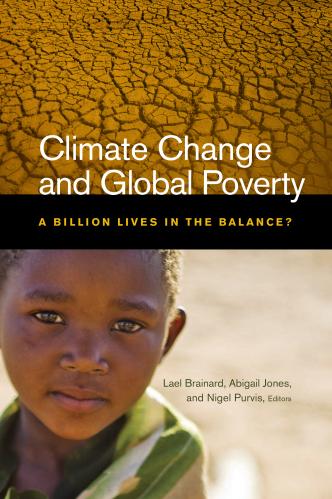

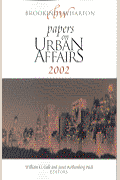



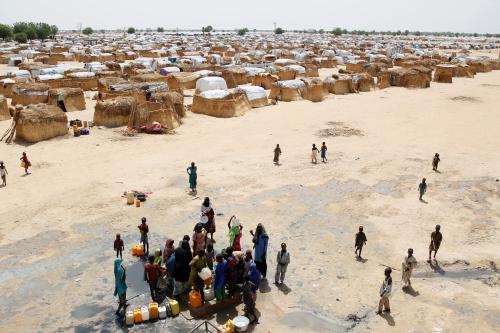




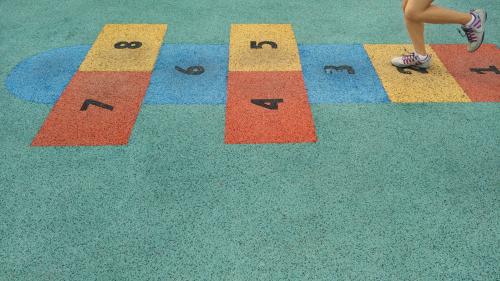
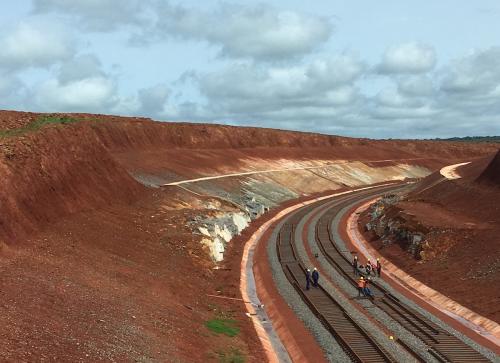

Commentary
To move the needle on ending extreme poverty, focus on rural areas
February 21, 2020